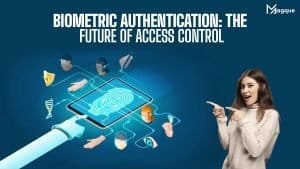Data Encryption Best Practices
In today’s digital age, ensuring the security of sensitive information is paramount. Data encryption is a vital tool in safeguarding data from unauthorized access and cyber threats. But what are the best practices for implementing data encryption effectively?
Firstly, it’s crucial to understand the importance of encryption keys. Encryption keys are the foundation of any encryption system, locking and unlocking encrypted data. Generating strong, unique encryption keys and managing them securely is essential to maintaining the integrity of encrypted data.
Another critical aspect of data encryption is choosing suitable encryption algorithms. Not all encryption algorithms are created equal, and selecting robust algorithms with proven security standards is vital. Advanced Encryption Standard (AES) is widely regarded as one of the most secure encryption algorithms available today, offering strong protection against brute-force attacks.
Furthermore, regular updates and patches are crucial to ensuring the security of encryption software and systems. As cyber threats evolve and new vulnerabilities are discovered, staying up-to-date with security patches and upgrades is essential to mitigate potential risks.
Additionally, implementing multi-factor authentication (MFA) can add an extra layer of security to encrypted data. MFA significantly enhances the security posture of encrypted systems by requiring multiple forms of verification, such as passwords, biometrics, or security tokens.
Moreover, proper critical management practices are essential for maintaining the security of encrypted data. This includes:
- Securely storing encryption keys.
- Rotating them regularly.
- Ensuring access to encryption keys is restricted only to authorized personnel.
In conclusion, data encryption is a cornerstone of modern cybersecurity strategies, providing a robust defense against data breaches and unauthorized access. By following best practices such as strong key management, choosing secure encryption algorithms, and implementing multi-factor authentication, organizations can enhance the security of their sensitive information and protect against potential threats.
Read Also:














